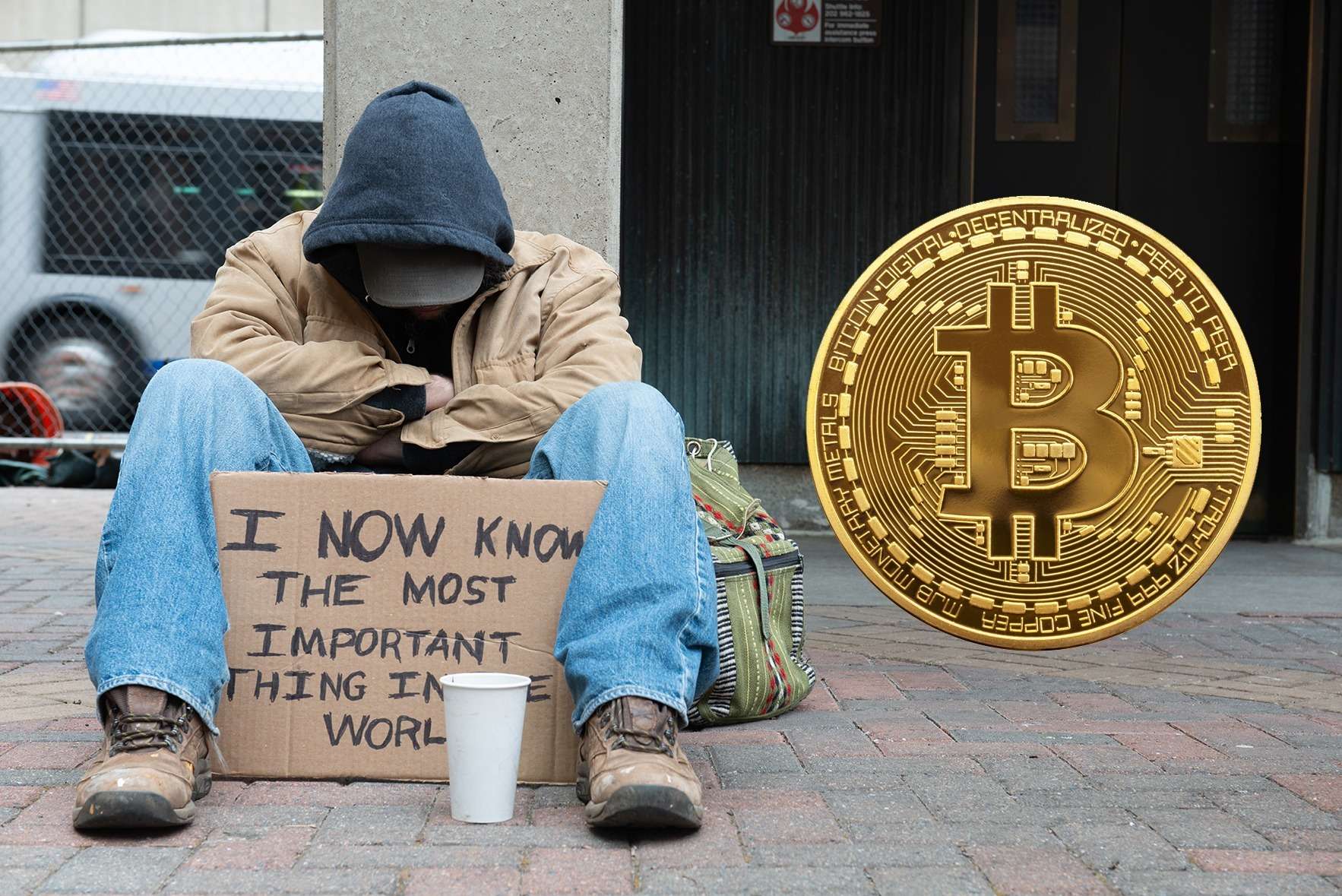“Bridges are the backbone of multichain DeFi — and its weakest link.” – DNA Crypto Knowledge Base.
Since Ethereum assets first migrated into Solana to trade NFTs, cross-chain bridges have become essential to the multichain future. They eliminate ecosystem boundaries, letting users move tokens, Stablecoins, and NFTs across networks.
But there’s a catch: bridges are also the #1 target for hackers, with more than €2 billion stolen since 2021.
Learn more: Cross-Chain Bridges and Security Risks
What Are Blockchain Bridges?
A blockchain bridge enables the transfer of assets or data between two different blockchains. Without them, ETH, SOL, or BTC would remain siloed in their own ecosystems.
Typical flow:
Deposit ETH into a bridge on Ethereum.
ETH is locked in a contract.
A wrapped version (wETH) is minted on Solana.
Funds can later be redeemed back to Ethereum.
Beyond tokens, bridges support Stablecoins, NFTs, and cross-chain data (CCIP), enabling liquidity and composability across chains.
Related: Smart Contracts in Secure Transfers
Types of Bridges
– Token-Specific vs General – wBTC vs multi-asset bridges.
– Centralised vs Decentralised – company-run vs validator smart contracts.
– Unidirectional vs Bidirectional – one-way vs two-way flows.
Each comes with trade-offs between speed, flexibility, and security.
Why Hackers Target Bridges
Bridges are the single largest source of crypto hacks, surpassing exchange exploits. Weaknesses include:
– Unproven validator sets
– Poor private key security
– Unaudited contracts
– Governance flaws in upgradeability
– Lack of transaction monitoring or rate limits
Famous attacks:
– Ronin (Axie Infinity), 2022 – €540M stolen
– Wormhole, 2022 – €300M stolen
Explore: DeFi Security Risks
How to Choose the Right Bridge
When evaluating bridges, investors should prioritise:
– Security & Reputation – Audits, open-source code, credible backers
– Supported Chains & Assets – Check compatibility
– Speed & Fees – Some are instant, others take hours
– User Experience – Simple interfaces prevent costly errors
Best Practices for Safe Bridging
– Always test small transfers first
– Double-check wallet addresses
– Account for gas fees
– Stick to established projects
– Avoid suspicious links — only use verified sources
DNA Crypto’s Evaluation Method
We assess bridges on three factors:
Security – audits, transparency, resilience
Supported Chains – breadth and liquidity depth
User Experience – cost, speed, reliability
Only bridges balancing these priorities make our list.
Top Cross-Chain Bridges in 2025
– Stargate (LayerZero) – DeFi tokens and Stablecoins
– Synapse Protocol – widely used for multi-chain swaps
– Wormhole (Portal) – general-purpose bridging
– Celer cBridge – fast, lightweight transfers
– Symbiosis Finance – liquidity aggregation across chains
The Bottom Line
Cross-chain bridges are crucial to DeFi — but also its weakest point. With over €2B lost to hacks since 2021, investors must balance access and security.
Use bridges, but use them wisely.
Image Source: Adobe Stock
Disclaimer: This article is provided for informational purposes only. It is not legal, tax, or investment advice.












